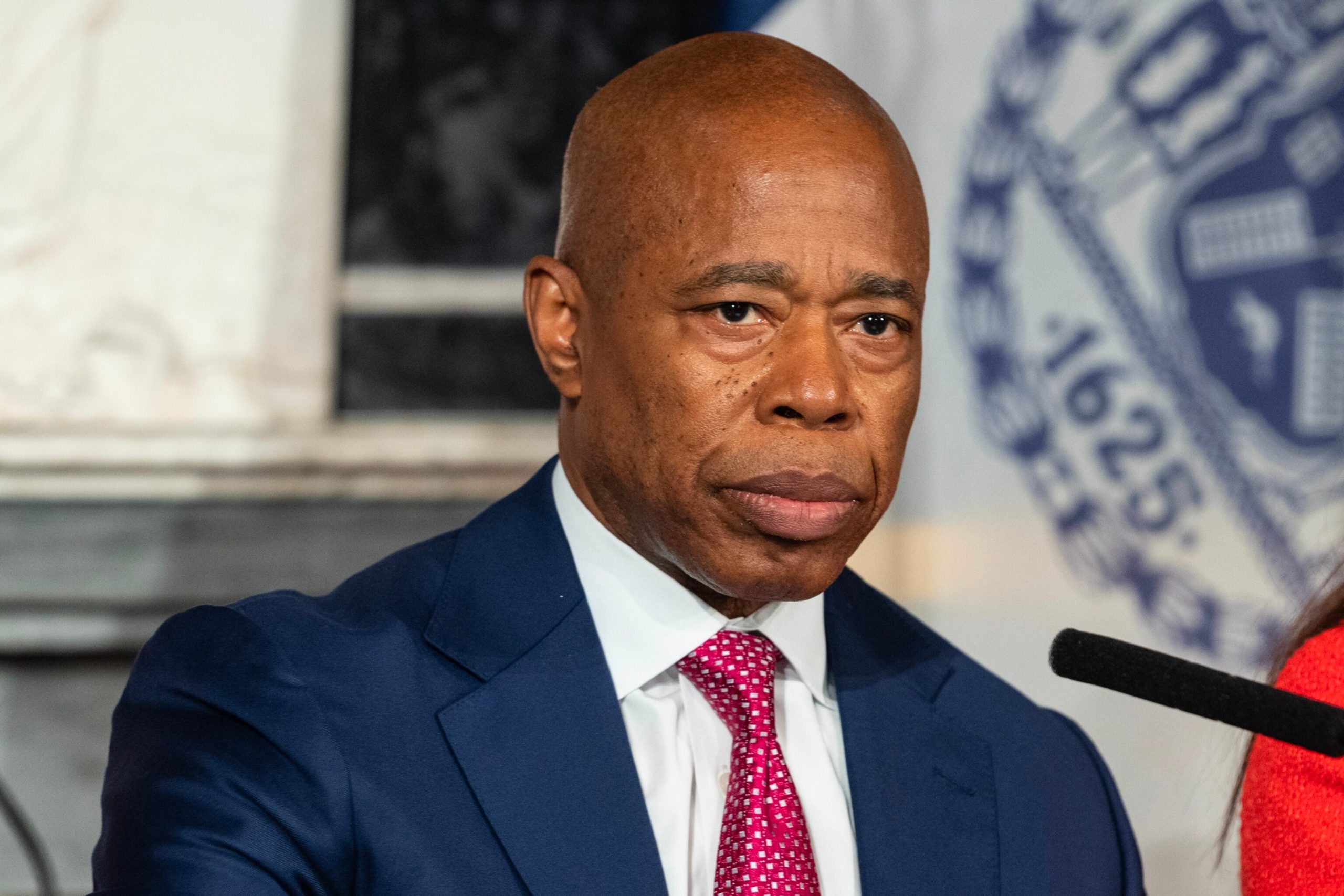NYC Mayor Eric Adams Exercises Veto Power on Ban of Solitary Confinement and Bill Enhancing Police Transparency
In a move that has sparked controversy and divided opinions, New York City Mayor Eric Adams recently exercised his veto power on a bill that aimed to ban the use of solitary confinement in city jails. Additionally, he vetoed a separate bill that sought to enhance police transparency. These decisions have raised questions about the mayor’s stance on criminal justice reform and his commitment to addressing systemic issues within the city’s law enforcement agencies.
The first bill, known as Intro 1574, aimed to prohibit the use of solitary confinement in all city jails. Solitary confinement, also referred to as “the box” or “the hole,” is the practice of isolating incarcerated individuals in small cells for extended periods, often for 22 to 24 hours a day. Critics argue that this practice can have severe psychological effects, exacerbating mental health issues and leading to increased rates of self-harm and suicide among inmates.
Proponents of the ban argue that it is a necessary step towards creating a more humane and rehabilitative criminal justice system. They believe that alternative methods of discipline and rehabilitation should be explored to address behavioral issues among inmates. However, Mayor Adams expressed concerns about the potential consequences of an outright ban, stating that it could compromise the safety of both inmates and correctional officers.
In his veto message, Mayor Adams proposed a compromise that would limit the use of solitary confinement to 15 consecutive days and 30 days in total over a three-month period. He argued that this approach strikes a balance between addressing the concerns raised by advocates for the ban and ensuring the safety and security of correctional facilities.
The second bill vetoed by Mayor Adams, known as Intro 2210, aimed to enhance police transparency by requiring officers to provide their names, badge numbers, and rank during interactions with the public. The bill also sought to make this information easily accessible to the public through a centralized database. Proponents argue that this would increase accountability and build trust between law enforcement and the communities they serve.
However, Mayor Adams expressed concerns about potential safety risks for officers if their personal information is readily available to the public. He argued that this could lead to harassment, retaliation, or even harm to officers and their families. Instead, he proposed an alternative approach that would require officers to provide their names and badge numbers upon request but not make this information publicly accessible.
Critics of the mayor’s veto decisions argue that they are a step backward in the fight for criminal justice reform and police accountability. They believe that banning solitary confinement and increasing police transparency are crucial steps towards addressing systemic issues within the criminal justice system. They argue that Mayor Adams’ compromise proposals do not go far enough and fail to address the underlying problems associated with these practices.
Supporters of Mayor Adams’ veto decisions, on the other hand, argue that he is taking a pragmatic approach by considering the potential consequences of an outright ban or full transparency. They believe that his proposed compromises strike a balance between addressing concerns raised by advocates and ensuring the safety and security of both inmates and law enforcement officers.
Ultimately, the fate of these bills now lies in the hands of the New York City Council, which can override Mayor Adams’ vetoes with a two-thirds majority vote. The decisions made by council members will shape the future of criminal justice reform and police transparency in the city. As the debate continues, it is essential to consider the perspectives of all stakeholders involved and strive for solutions that prioritize both public safety and the rights and well-being of those within the criminal justice system.



